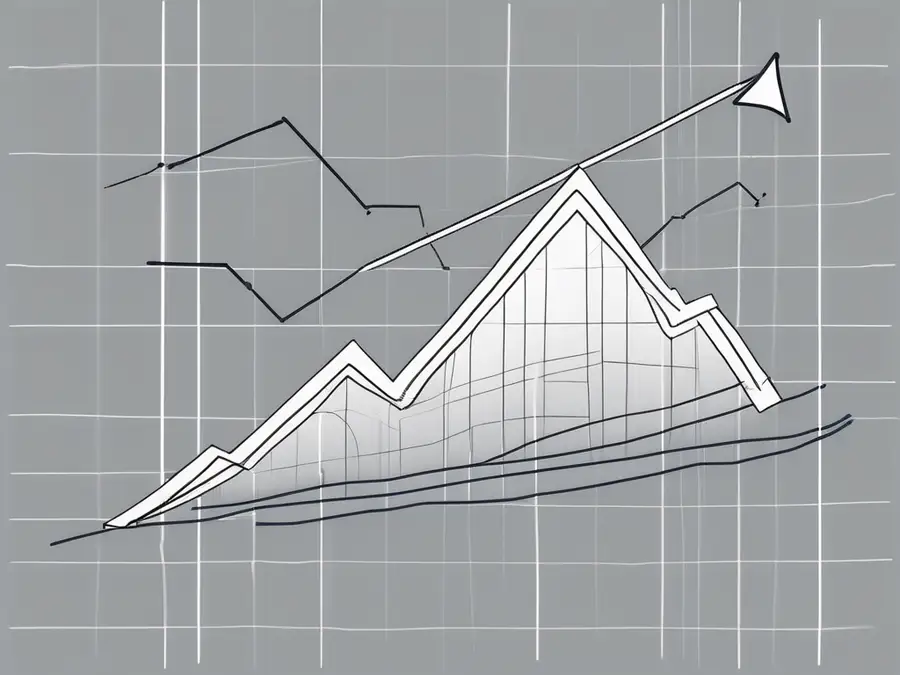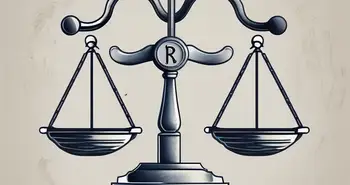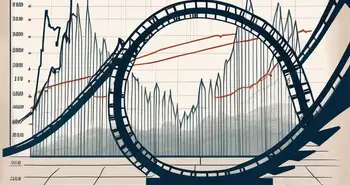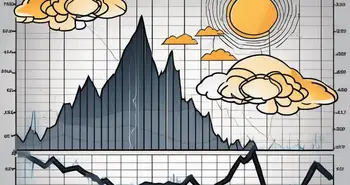Article Contents
The SAHM Rule: A Real-Time Recession Indicator

In the ever-evolving world of economics, accurately predicting recessions is crucial for policymakers, businesses, and investors alike. One of the most reliable tools developed for this purpose is the SAHM Rule, named after its creator, economist Claudia Sahm. Unlike many traditional economic indicators, the SAHM Rule provides a timely signal of a recession, helping to mitigate the economic fallout by enabling quicker responses from both the government and the private sector.
What is the SAHM Rule?
The SAHM Rule is a real-time recession indicator that signals the onset of a recession based on changes in the unemployment rate. It was developed by Claudia Sahm during her tenure at the Federal Reserve. The rule is designed to be a simple yet effective way to identify the start of a recession, which is often defined by a significant slowdown in economic activity across the economy.
How Does the SAHM Rule Work?
The SAHM Rule works by comparing the current unemployment rate to its recent historical performance. Specifically, the rule triggers a recession signal when the three-month moving average of the national unemployment rate increases by 0.50 percentage points or more relative to its lowest level over the previous 12 months.
Formula:
Sahm Rule Indicator = Current Unemployment Rate - Minimum Unemployment Rate of the Previous 12 Months
If the difference between these two values is 0.50 percentage points or higher, it indicates that the economy is likely entering a recession.
Why is the SAHM Rule Important?
The SAHM Rule is valued for its timeliness and simplicity. Traditional indicators like Gross Domestic Product (GDP) growth, consumer spending, and industrial production often have significant lags, meaning that they can only confirm a recession months after it has begun. In contrast, the SAHM Rule provides a more immediate signal, allowing policymakers to react faster.
Applications in Economic Policy
When the SAHM Rule signals a recession, it can prompt swift action from central banks and government bodies. For example, during the COVID-19 pandemic, the SAHM Rule was one of the indicators that helped justify rapid and substantial fiscal interventions. By recognizing the early signs of an economic downturn, governments can implement stimulus measures, adjust interest rates, or introduce financial aid packages to mitigate the effects of the recession.
Implications for the Stock Market
While the SAHM Rule is primarily an economic indicator, it also has significant implications for the stock market. Investors closely monitor unemployment data as an indicator of economic health. When the SAHM Rule signals a recession, it can lead to increased market volatility. Investors may adjust their portfolios, moving away from riskier assets like stocks and toward safer investments such as bonds or gold.
Moreover, the SAHM Rule can also influence corporate decision-making. Companies might delay investments, reduce hiring, or even start laying off workers in anticipation of a downturn, all of which can affect stock prices. On the flip side, some investors may see a SAHM Rule signal as a buying opportunity, believing that the market has already priced in the recession, and that prices will recover in the long term.
Limitations of the SAHM Rule
Despite its effectiveness, the SAHM Rule is not without limitations. It relies solely on unemployment data, which, while timely, is not always a complete measure of economic health. For instance, the rule may not account for underemployment or changes in labor force participation, which can also be critical indicators of economic distress.
Additionally, the SAHM Rule is a binary indicator—it either signals a recession or it doesn’t. This can sometimes oversimplify complex economic conditions where a slowdown might occur without triggering a full-blown recession.
Conclusion
The SAHM Rule is a valuable tool for economists, policymakers, and investors, offering a timely signal of impending recessions. By focusing on changes in the unemployment rate, the SAHM Rule provides a clear and straightforward indicator that can prompt early action, helping to cushion the economy against the worst effects of a downturn. While it has its limitations, the SAHM Rule remains a crucial part of the economic toolkit, particularly in uncertain times.
Understanding and monitoring the SAHM Rule can give investors and policymakers alike a better chance to navigate the challenges of economic cycles, making it an essential indicator in today’s complex financial landscape.
Looking to stay ahead in today’s volatile markets? The SAHM Rule is just one of many tools that can help you navigate economic cycles with confidence. At Morpher, we offer the ideal platform for investors who want to take control of their financial future. With zero fees, infinite liquidity, and the ability to trade a wide range of assets—including stocks, commodities, and cryptocurrencies—you can invest confidently, even in uncertain times. Whether you're leveraging the SAHM Rule or exploring other strategies, Morpher’s innovative blockchain-based trading platform ensures a secure, flexible, and user-friendly experience. Sign Up Today and Claim Your Free Bonus to start trading on your terms and make informed decisions that drive success.


Painless trading for everyone
Hundreds of markets all in one place - Apple, Bitcoin, Gold, Watches, NFTs, Sneakers and so much more.

Painless trading for everyone
Hundreds of markets all in one place - Apple, Bitcoin, Gold, Watches, NFTs, Sneakers and so much more.









